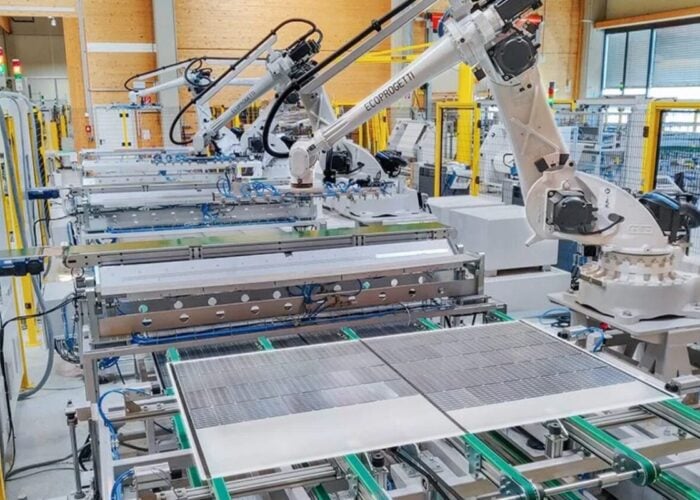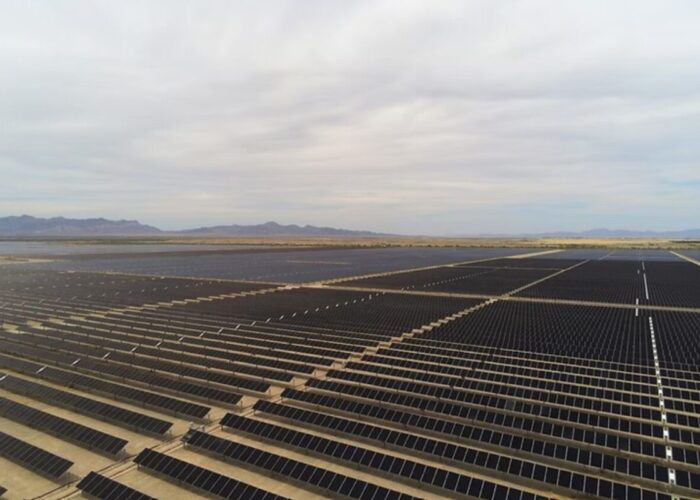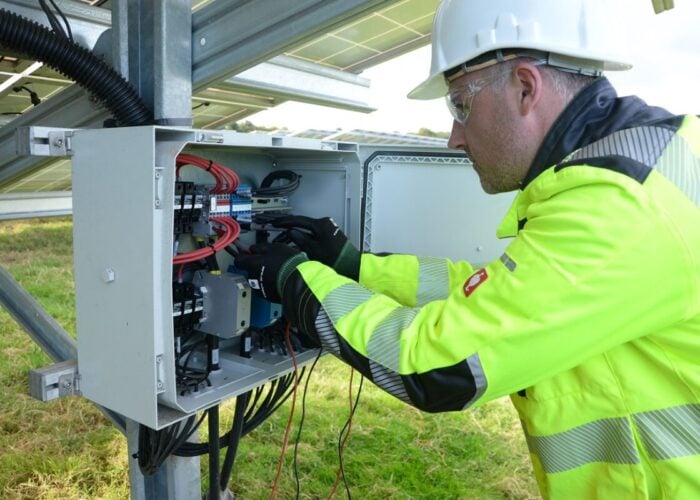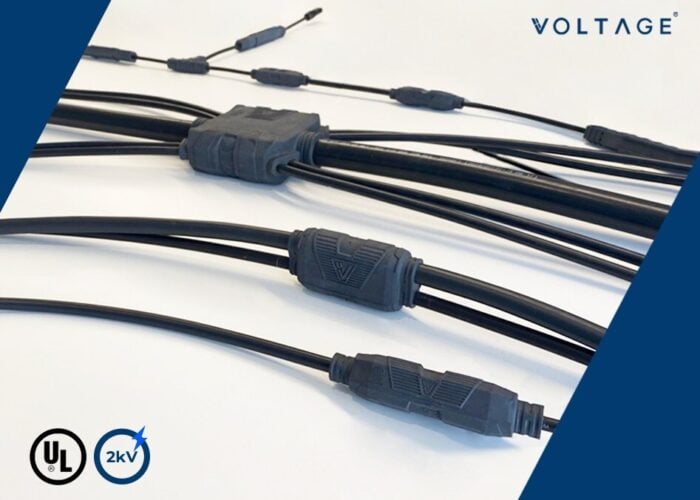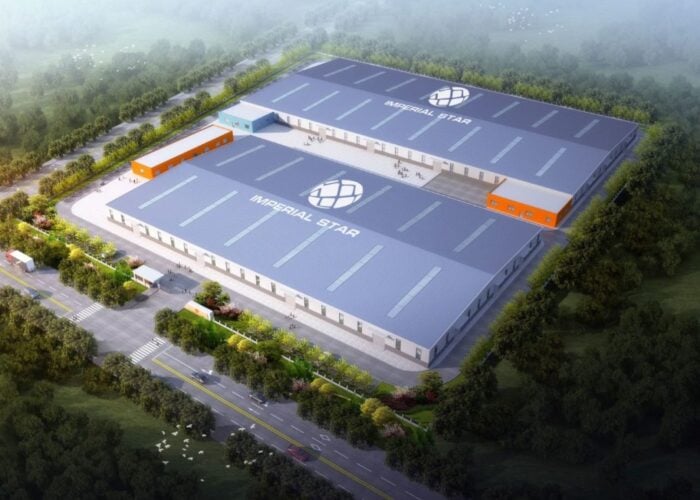Researchers at the Centre for Solar Energy and Hydrogen Research (ZSW) in Stuttgart have achieved a 21.7% conversion rate in a CIGS thin-film cell, a new record.
The new efficiency rate, confirmed by the Fraunhofer Institute for Solar Energy Systems, beats the previous record of 21% set earlier this year by Swedish researchers.
Try Premium for just $1
- Full premium access for the first month at only $1
- Converts to an annual rate after 30 days unless cancelled
- Cancel anytime during the trial period
Premium Benefits
- Expert industry analysis and interviews
- Digital access to PV Tech Power journal
- Exclusive event discounts
Or get the full Premium subscription right away
Or continue reading this article for free
Michael Powalla, head of ZSW’s PV division, said the advance extended the efficiency lead of CIGS over multicystalline PV cells by 1.3%, offering the prospects of extending the market reach of CIGS technology.
“Our advances once again confirm the tremendous technological potential of CIGS thin-film photovoltaics.
“The lab data show that further efficiency improvements will be possible in the years ahead. This could drive down the cost of CIGS technology even more sharply.”
The record-setting cell had an area of 0.5 cm², a standard size for such tests. It was manufactured in a laboratory coating plant using a co-evaporation process that ZSW said was highly reproducible in the lab. The body said the fact it had made 40 cells that topped the 21% efficiency rate indicated the method lent itself to industrial mass production.
Powalla said that it would be some time before commercially available modules reflected this new efficiency level, but said CIGS modules of 17-19% would be possible in the “next few years”. Current CIGS modules on the market are rated at around 15% as the physical area of modules makes them less efficient than the cells.
Nevertheless ZSW said the new record improved the chances of CIGS thin-film technology gaining a larger market share.
This will be particularly to the benefit of manufacturing equipment Manz, which jointly developed the technology with ZSW and plans to incorporate the efficiency boost into its manufacturing processes.

